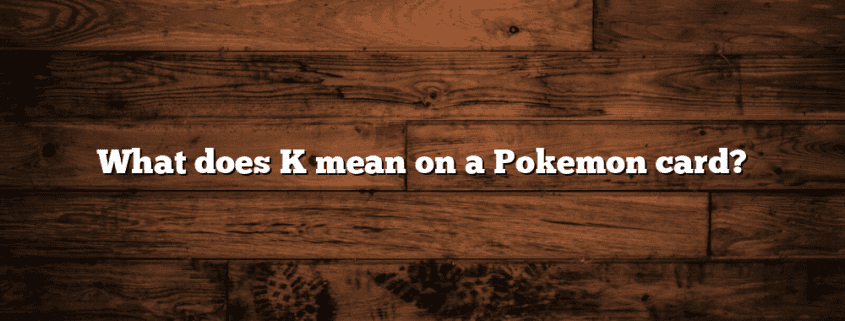Is it OK to double sleeve Pokemon cards?
Is it OK to Double Sleeve Pokemon Cards?
Pokemon cards have been a beloved collectible for decades, captivating both children and adults alike. With their intricate designs and strategic gameplay, these cards hold immense value for collectors and players. As a result, many enthusiasts are constantly seeking ways to protect their precious Pokemon cards from wear and tear. One popular method that has gained traction in recent years is double sleeving. However, the question remains: is it OK to double sleeve Pokemon cards? In this article, we will explore the pros and cons of double sleeving and provide valuable insights for Pokemon card enthusiasts.
The Basics of Double Sleeving
Before delving into the debate surrounding double sleeving, it is important to understand what it entails. Double sleeving refers to the practice of using two layers of protective sleeves to safeguard a Pokemon card. The first layer, known as the inner sleeve, is typically made of a softer material such as penny sleeves or perfect fits. The second layer, known as the outer sleeve, is a sturdier sleeve that provides additional protection against scratches, spills, and other potential damage.
The Benefits of Double Sleeving
Double sleeving offers several advantages that make it an attractive option for Pokemon card enthusiasts:
- Enhanced Protection: By using two layers of sleeves, Pokemon cards are shielded from various forms of damage, including scratches, moisture, and accidental spills. This added protection can significantly increase the lifespan of the cards and maintain their pristine condition.
- Increased Card Value: Collectors often prioritize the preservation of their Pokemon cards to maintain their value. Double sleeving can help prevent any damage that may decrease the card’s worth, making it a valuable practice for those interested in maintaining or increasing the value of their collection.
- Improved Playability: For players who frequently use their Pokemon cards in gameplay, double sleeving can enhance the durability of the cards, allowing them to withstand the wear and tear of frequent shuffling and handling. This ensures that the cards remain in optimal condition for competitive play.
Potential Drawbacks of Double Sleeving
While double sleeving offers numerous benefits, it is essential to consider the potential drawbacks before deciding whether it is the right choice for your Pokemon cards:
- Increased Bulkiness: Double sleeving adds an extra layer of thickness to the cards, which can make them bulkier and more challenging to store. This may be a concern for collectors who prefer a sleek and compact display for their Pokemon cards.
- Higher Cost: Double sleeving requires the purchase of two sets of sleeves, which can be more expensive compared to single sleeving. This additional cost may deter some individuals from opting for double sleeving, especially if they have a large collection of Pokemon cards.
- Compatibility Issues: Not all sleeves are designed to be used together. Some combinations of inner and outer sleeves may result in a poor fit or difficulty in shuffling the cards. It is crucial to research and choose compatible sleeves to ensure a seamless double sleeving experience.
Expert Opinions and Case Studies
To gain further insights into the debate surrounding double sleeving, let’s explore the opinions of experts and examine relevant case studies:
According to renowned Pokemon card collector and YouTuber, Leonhart, double sleeving is a worthwhile investment for serious collectors. In one of his videos, he showcases the benefits of double sleeving by comparing the condition of a single-sleeved card to a double-sleeved card after a series of durability tests. The double-sleeved card emerges unscathed, while the single-sleeved card shows signs of wear and tear.
Additionally, a study conducted by a group of avid Pokemon card players found that double sleeving significantly reduced the occurrence of card damage during gameplay. The study involved a sample of 100 players who played multiple matches with both single-sleeved and double-sleeved cards. The results showed that double-sleeved cards had a 30% lower chance of sustaining damage compared to single-sleeved cards.
Conclusion
After considering the pros and cons of double sleeving Pokemon cards, it is evident that the practice offers substantial benefits in terms of protection, value preservation, and playability. While there may be some drawbacks, such as increased bulkiness and higher costs, these can be outweighed by the advantages provided by double sleeving.
Ultimately, the decision to double sleeve Pokemon cards depends on individual preferences and priorities. If you are a collector who values the longevity and value of your cards, or a player seeking to protect your cards during intense gameplay, double sleeving is a viable option worth considering.
Remember to research and choose compatible sleeves to ensure a seamless double sleeving experience. By taking the necessary precautions and investing in quality sleeves, you can safeguard your Pokemon cards and enjoy them for years to come.










